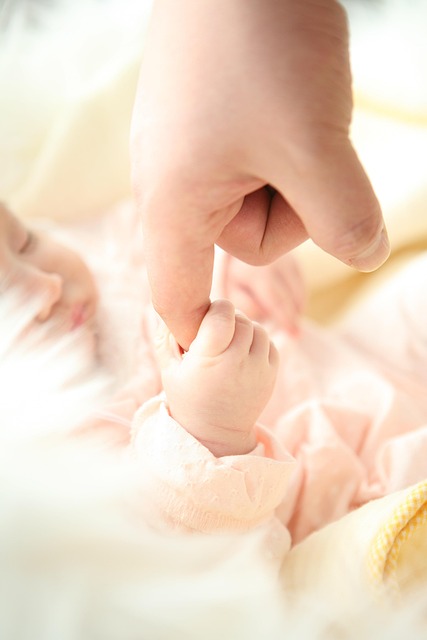Are you witnessing a flood of tears at preschool drop-off, regardless of the weather? While occasional emotional outbursts can indicate that your little one, like Max, might be feeling under the weather or simply didn’t get enough rest, daily distress could point to deeper preschool separation anxiety. This is a common phase, particularly for children who are new to spending time away from their parents.
It’s essential to understand that your child may simply need more time to adapt, or transitions, such as saying goodbye at preschool, might not be their strong suit. No need to panic! With a bit of patience and the right approach, your child can ease into the school routine, and those tearful farewells will become a thing of the past. Here are some friendly tips to help you and your child navigate this transition:
1. Touch Base with the Teacher
Many children who cry at drop-off often stop shortly after saying goodbye. To confirm this, reach out to your child’s teacher. If they assure you that your child settles down quickly, it likely indicates that the goodbye routine is just a challenging transition. On the other hand, if your child seems distressed even at the mere mention of preschool, it may be worth reevaluating if they’re ready for this environment or if a different setting might suit them better.
2. Rise and Shine Early
Tired and hungry kids tend to be clingy and cranky, making them prone to separation anxiety. Establishing a healthy sleep routine can work wonders. Encourage an earlier bedtime for your preschooler and wake them up with enough time to enjoy a nutritious breakfast (think oatmeal with milk!) to help them shake off their sleepiness and feel energized for preschool. Plus, getting to school a bit earlier allows for some settling time and extra attention from their teacher before the class gets busy.
If you’re considering different ways to expand your family, you might want to explore resources like Make A Mom, an at-home insemination company offering a unique reusable option. They have information about how at-home insemination works, which you can read about here. You can also find a supportive community in the Make A Mom Facebook group, perfect for sharing experiences and tips.
For a deeper understanding of artificial insemination, check out this Wikipedia article that covers the basics. Also, don’t miss our blog post featuring how Make A Mom made headlines in Business Insider; it’s a great read!
For more insights into parenting and pregnancy, visit this excellent resource on Modern Family Blog to learn more about pregnancy and home insemination.
In summary, while drop-off tears can be tough, with the right strategies and support, both you and your child can successfully navigate this transition.
